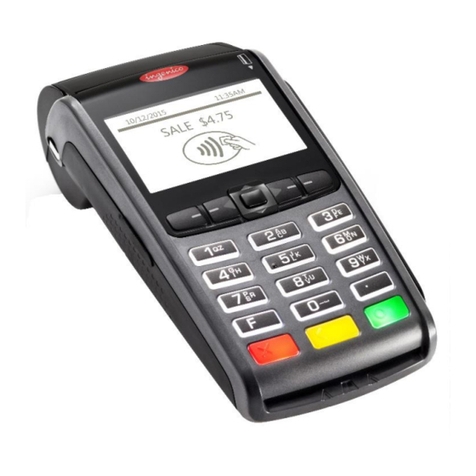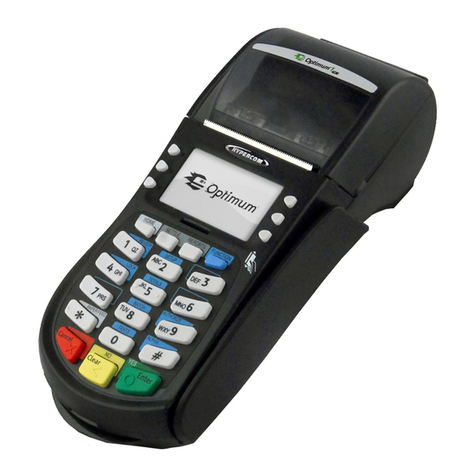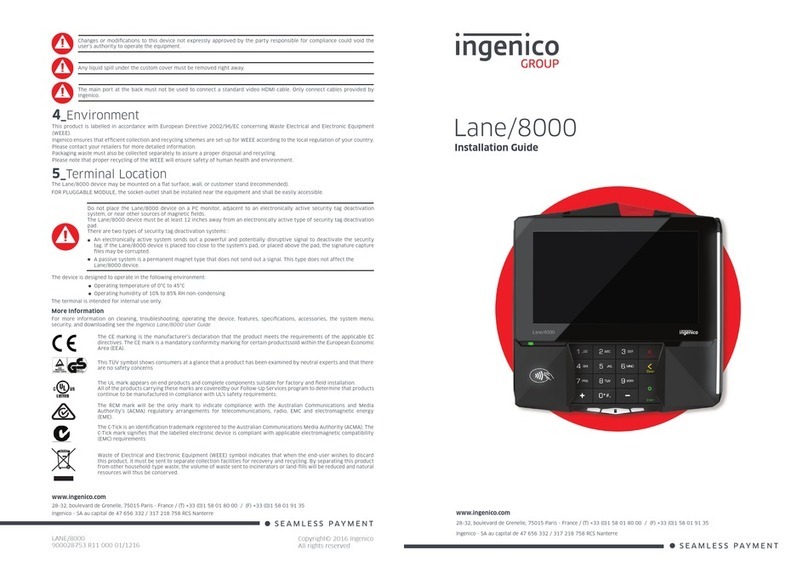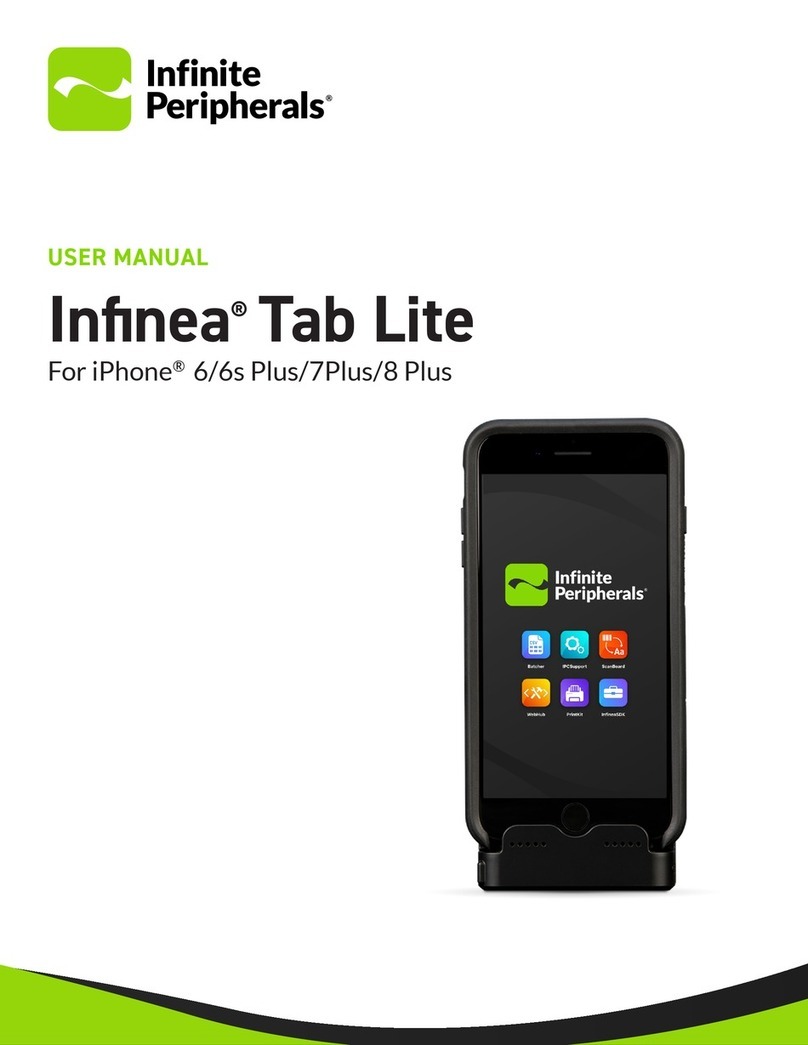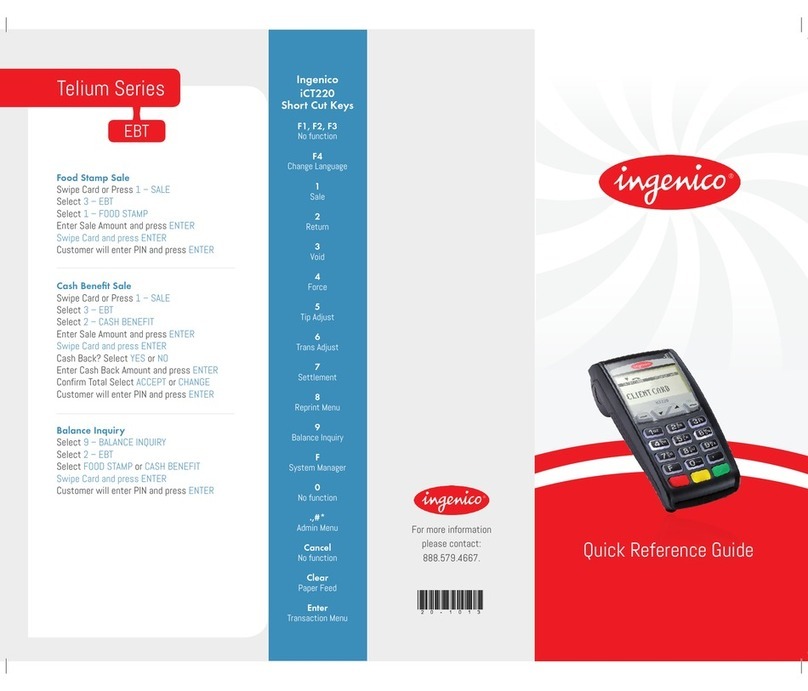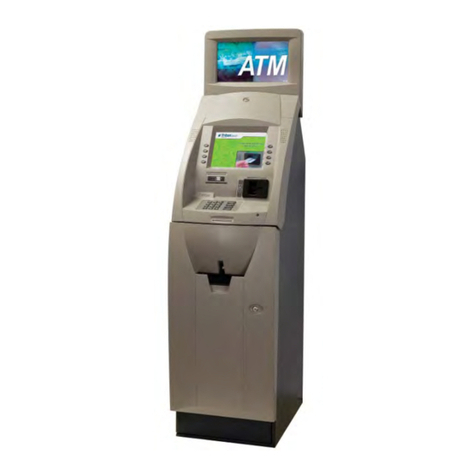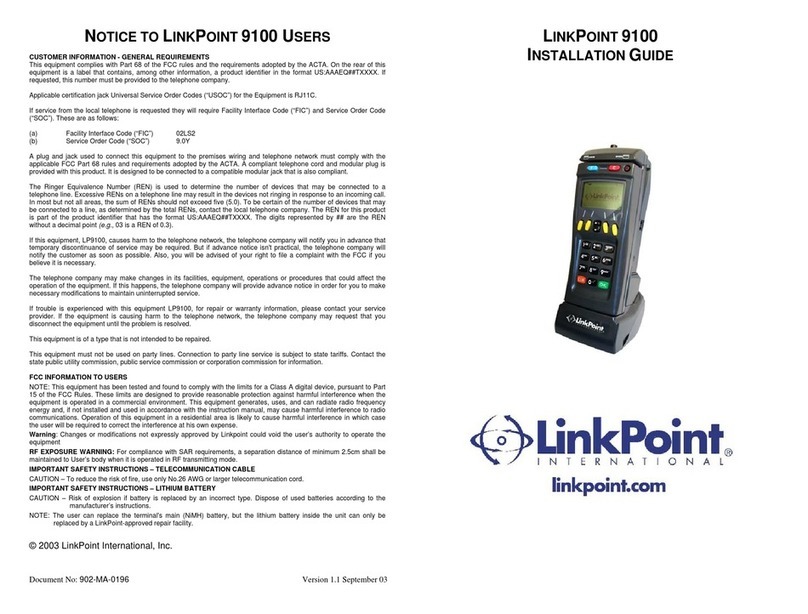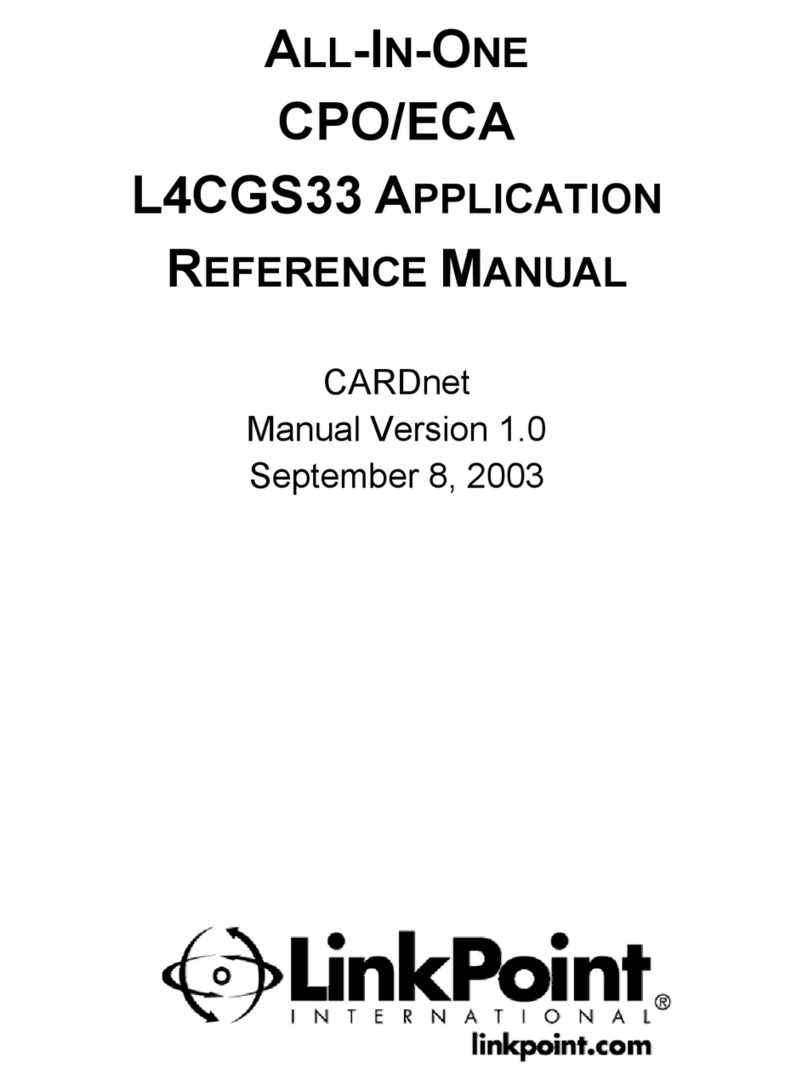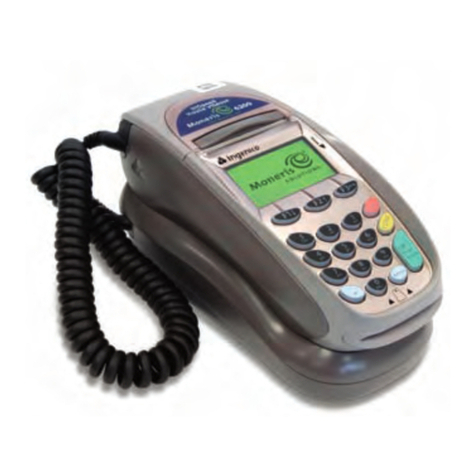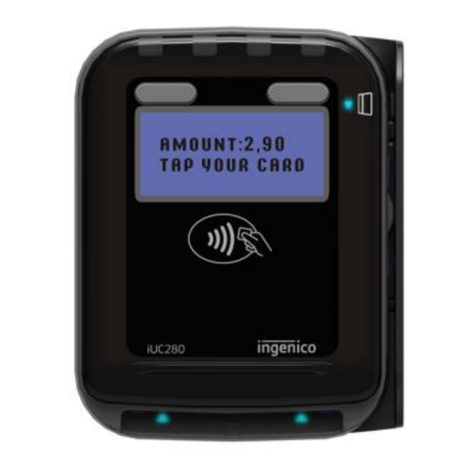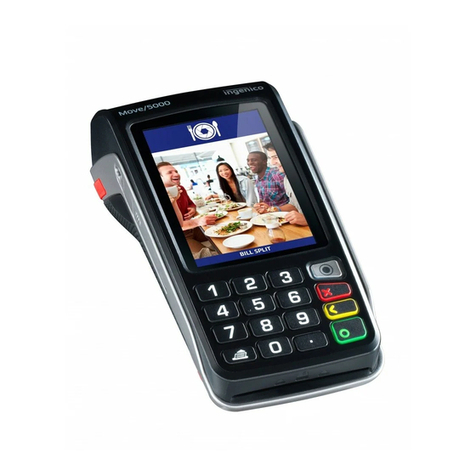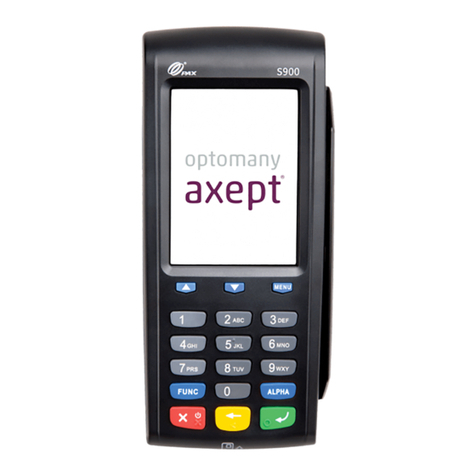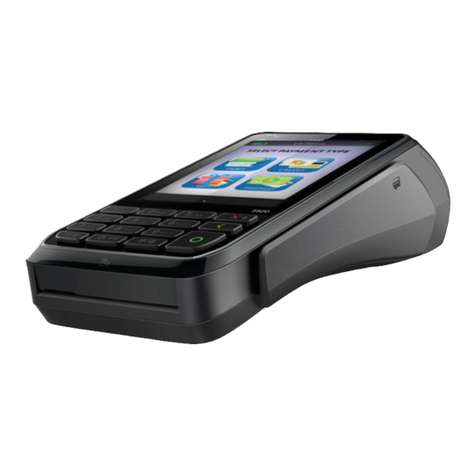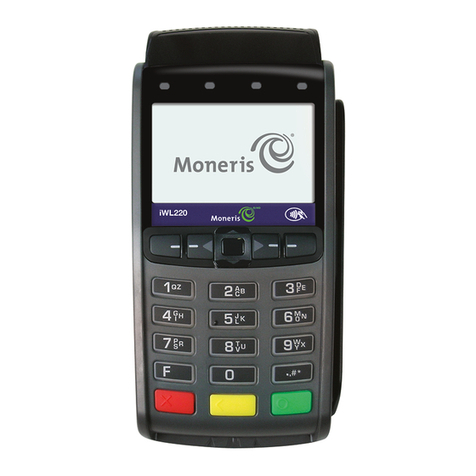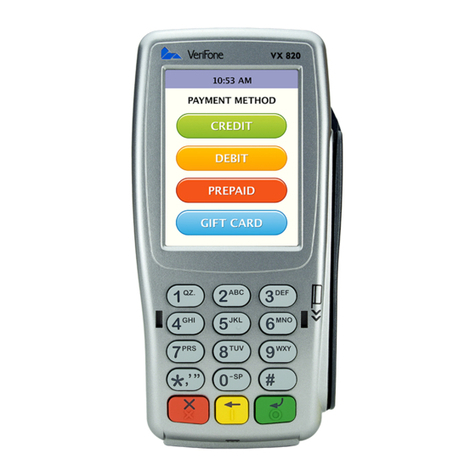
iii
MODEL FT5000 (X2) USER MANUAL
CONTENTS
SECTION 1 - INTRODUCTION.........................................................................................1
WHAT’SIN THIS MANUAL....................................................................................................2
FEATURE HIGHLIGHTS / CHANGES.............................................................................................................3
STANDARD FEATURES ..............................................................................................................................4
SECTION 2 - BASIC OPERATION....................................................................................7
INTRODUCTION........................................................................................................................................8
CONTROL PANEL LAYOUT........................................................................................................................8
FUNCTION KEYPADS ................................................................................................................................9
MAIN KEYPAD........................................................................................................................................9
ON-SCREEN KEYPAD OPERATION..............................................................................................................10
REAR SERVICE PANEL (S) ........................................................................................................................10
MENU-BASED OPERATION ........................................................................................................................11
CUSTOMER TRANSACTIONS.......................................................................................................................12
VOICE-ENABLED TRANSACTIONS ..............................................................................................................14
SECTION 3 - CASSETTE CLOSE / CASH REPLENISHMENT...............................................15
INTRODUCTION........................................................................................................................................16
DISPENSING MECHANISMS........................................................................................................................16
NOTE CONDITION....................................................................................................................................17
PREPARING NOTES...................................................................................................................................17
CASSETTE CLOSE PROCEDURES (FRONT DISPLAY)..................................................................................18
CASSETTE CLOSE PROCEDURES (REAR SERVICE PANEL)........................................................................19
REPLENISH CASSETTE(S)........................................................................................................................20
REMOVE CASSETTE(S).............................................................................................................................20
OPENING NOTE CASSETTE .......................................................................................................................20
LOADING NOTE CASSETTE .......................................................................................................................21
INSTALLING NOTE CASSETTE....................................................................................................................22
REMOVING THE REJECT CASSETTE............................................................................................................22
OPENING THE REJECT CASSETTE...............................................................................................................22
INSTALLING THE REJECT CASSETTE...........................................................................................................23
VERIFY OPERATION OF DISPENSER............................................................................................................24
SECTION 4 - GENERAL MAINTENANCE..........................................................................25
INTRODUCTION........................................................................................................................................25
REPLENISHING THE RECEIPT PAPER...........................................................................................................25
CLEANING THE ENCLOSURE......................................................................................................................29
CLEANING THE DISPLAY...........................................................................................................................29
CARD READER CLEANING........................................................................................................................29
